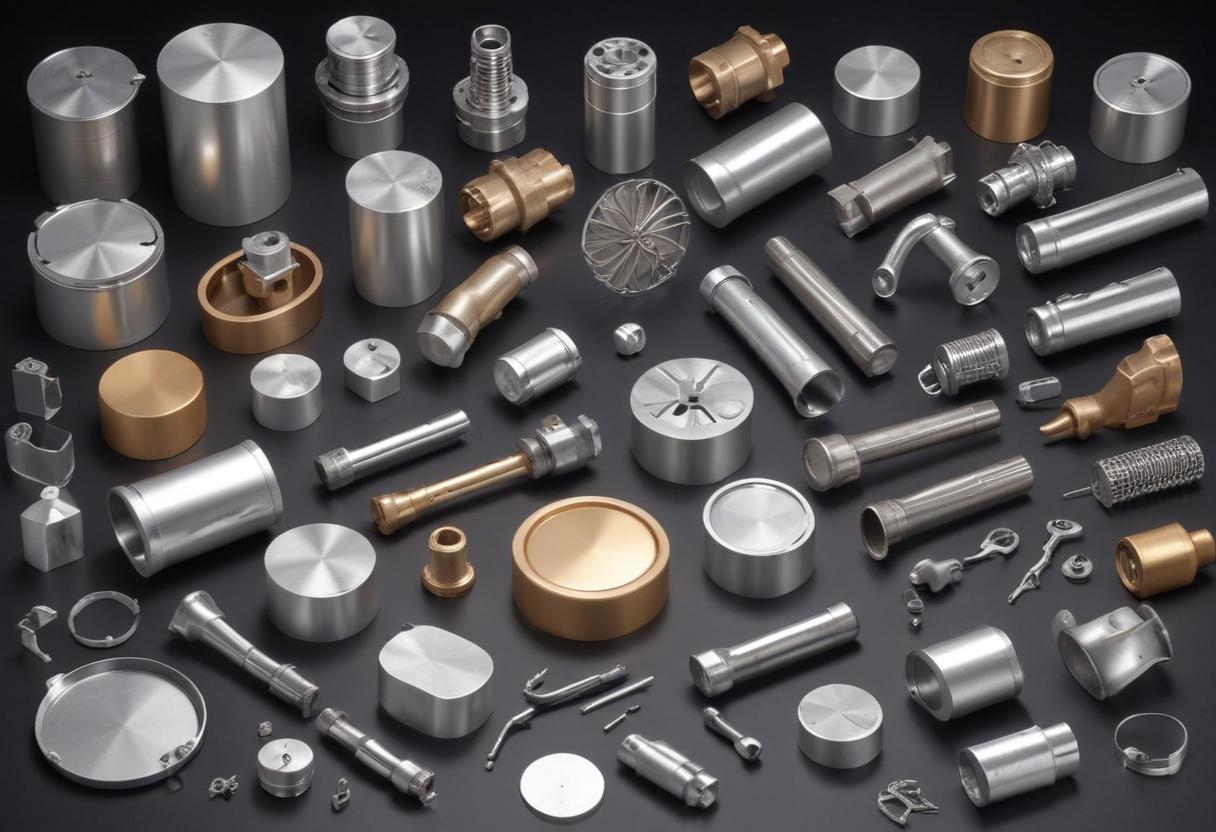
Πίνακας περιεχομένου
Understanding the recoverability of your products is crucial in today's push towards a circular economy. Recoverability refers to the ability to reclaim useful materials or energy from products at their end-of-life (EoL). This process significantly reduces environmental impacts by minimizing waste and reducing the need for new raw materials. The DIN EN 45555 standard provides comprehensive guidelines for assessing the recoverability of energy-related products (ErP). Here's how you can calculate the recoverability of your products based on this standard.
Definitions
To start, let's define some key terms used in recoverability assessment:
- End-of-Life (EoL): This is the stage in a product’s lifecycle when it is no longer used and is considered waste.
- Recovery: This involves operations that enable waste to serve a useful purpose by replacing other materials or preparing the waste to fulfill a particular function within the economy.
- Material Recovery: Recovery operations excluding energy recovery, focusing on preparing for reuse, recycling, and backfilling.
- Energy Recovery: The process of generating useful energy from waste through direct and controlled combustion or other processing methods.
Scope of the Assessment
The DIN EN 45555 standard outlines the principles for assessing the recoverability of energy-related products, focusing on:
- Accessibility and removability of certain components, materials, or substances from products to facilitate their extraction at EoL.
- Material-specific recovery, including critical raw materials (CRMs).
General Considerations
The recoverability assessment should assume that the entire product undergoes a reference EoL treatment scenario, which is a detailed description of the processes and steps required for the product's treatment at EoL. It should not include preparing the product for reuse. Key factors influencing recoverability include the product's design, material composition, size, mass, and the techniques used for material recovery.
Establishing the Reference EoL Treatment Scenario
A reference EoL treatment scenario is crucial for assessing recoverability. This scenario should consider:
- Applicable Regulations: Ensure compliance with relevant laws and regulations.
- Industry Practices: Include standard practices that enable efficient material recovery.
- Health, Safety, and Environmental Concerns: Address any potential hazards associated with the recovery process.
- Product Characteristics: Consider the specific structure and material content of the product.
Criteria Affecting Recoverability
Design characteristics play a significant role in determining a product’s recoverability. Key criteria include:
- Identification and Removal of Regulated Substances: The ability to identify parts containing substances or mixtures that require selective treatment.
- Product Design and Structure: The ease of accessing and removing parts for selective treatment. This includes assessing the joining techniques used, which can affect the separation and sorting of materials for recovery.
- Non-separable Material Combinations: Evaluating the compatibility of materials with existing recovery processes, especially in cases where materials cannot be easily separated.
Documenting the Assessment
The assessment should be thoroughly documented, covering:
- General Aspects: Details about the instigator of the assessment, date, and place.
- Scope of Assessment: Description of the product and assumptions applied.
- Input Data and Approach: Information used for the assessment, calculations, and methods or tools employed.
- Assessment Results: Qualitative and quantitative results of the assessment, including references to standards, legislation, and other requirements.
For more detailed information, visit the DIN website.
How Can ComplyMarket Help You Calculate Recoverability index of Your Products?
We have developed cutting-edge technology that uses artificial intelligence to simulate complex mathematical equations, allowing us to calculate Recoverability index in just a few minutes and in accordance with the requirements of EN 45555. Simply enter as much information as you can, and our tool will calculate the reliability value of your product.
Contact us now for a Demo
Μοιραστείτε με την κοινότητά σας
Σχόλια
Αφήστε ένα σχόλιο ή κάντε μια ερώτηση



Can you provide an EN 45555 evaluation report for a specific mobile phone or tablet product,